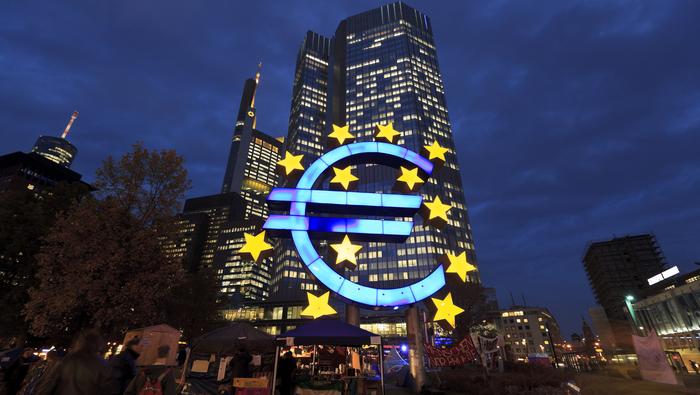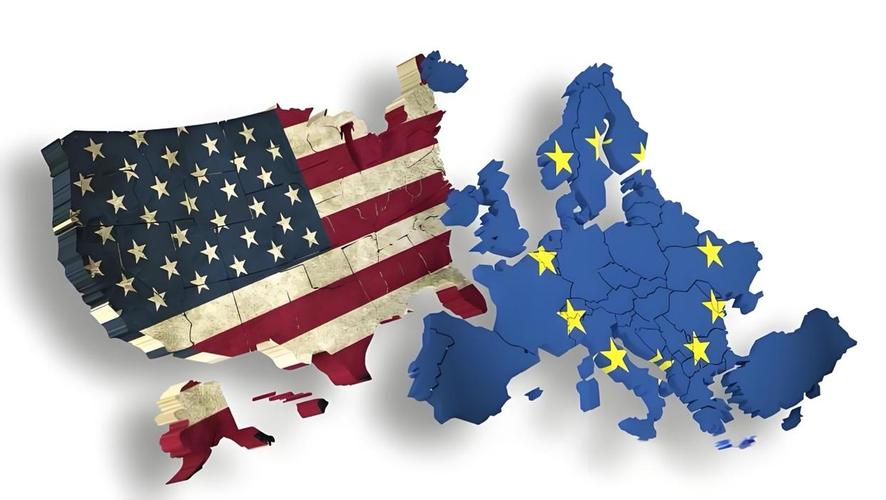
On December 12, 2024, the European Central Bank (ECB) announced a 25 basis point cut to its three key interest rates: the deposit rate was reduced to 3.00%, the marginal lending rate to 3.400%, and the main refinancing rate to 3.150%. This marks the ECB’s fourth rate cut in 2024, following the first reduction in June. Earlier the same day, the Swiss National Bank (SNB) also announced a policy rate cut to 0.5%, lower than the expected 0.75% and the previous rate of 1%. This move brings Switzerland's benchmark rate just 50 basis points away from zero, representing the largest rate cut by the SNB in nearly a decade. The SNB has now cut rates four times in a row, and markets widely anticipated a 25 basis point reduction.
This decision follows the Federal Reserve's earlier rate cuts in 2024, signaling a trend of major central banks around the world adopting looser monetary policies. As global economic uncertainty increases, these series of rate cuts reflect the complexities of the current economic situation, particularly in the context of slowing global growth and diminishing inflationary pressures. Central banks' monetary policy adjustments have become a crucial tool to stabilize the economy.
The ECB’s rate cut is primarily aimed at addressing the weak economic growth within the Eurozone. While inflationary pressures have eased, economic growth remains sluggish. High interest rates, fluctuating energy prices, supply chain bottlenecks, and global uncertainties have constrained both corporate investment and consumer spending. By cutting rates, the ECB seeks to lower borrowing costs, encourage business investment, and boost consumer spending to stimulate economic recovery.
Although inflation has cooled, the ECB’s decision to cut rates suggests that inflationary pressures have not been entirely eradicated, and the road to economic recovery remains challenging. Lower rates not only reduce financing costs but also inject more liquidity into the economy, alleviating tensions in financial markets. In the broader context of global central bank rate cuts, liquidity in financial markets has increased, driving up risk asset prices, particularly in Europe and Switzerland, where short-term interest rate movements signal further policy loosening.
The ECB’s decision illustrates that, in the face of global economic stagnation and declining inflation, central banks are still relying on rate cuts as the key tool to stimulate growth. The widespread trend of rate cuts across the globe underscores a common response to the challenges of slow growth, easing inflationary pressures, and increasing uncertainty. While the ECB and SNB are addressing economic sluggishness, the Federal Reserve’s cuts are more focused on addressing growth bottlenecks in the U.S. economy amid persistent inflation. The global economy, while recovering from the pandemic, continues to face significant challenges, with inflation receding but growth still languishing. Central banks around the world are increasingly turning to rate cuts as their main tool to navigate this difficult environment.
However, while rate cuts can provide short-term economic stimulus, they are not a panacea and do not address all underlying economic problems, especially long-term issues such as high debt levels, structural unemployment, and insufficient technological innovation. If global growth continues to slow, the Eurozone may face further challenges.
Given the current complexities of the global economic landscape, central bank rate cuts can only serve as an emergency measure in the short term. Deeper economic reforms, structural adjustments, and international cooperation are essential to ensuring sustainable and stable growth in the global economy.

Since 2025, the conflict between the United States and Europe over the governance of the digital economy has continued to escalate.
Since 2025, the conflict between the United States and Euro…
When German Chancellor Mertz officially announced that he w…
On December 3rd local time, the copper price on the London …
The European Commission announced a new economic security s…
The European Commission announced a new economic security s…
For nearly a year, US President Donald Trump has launched a…